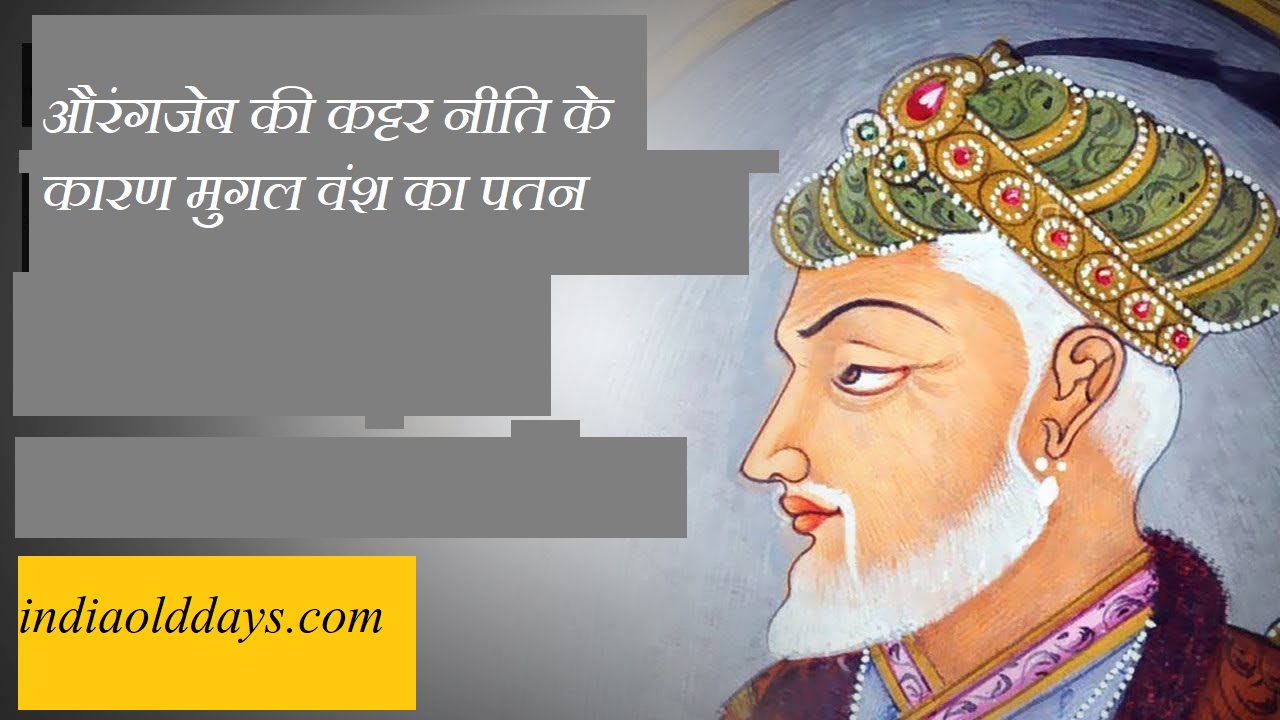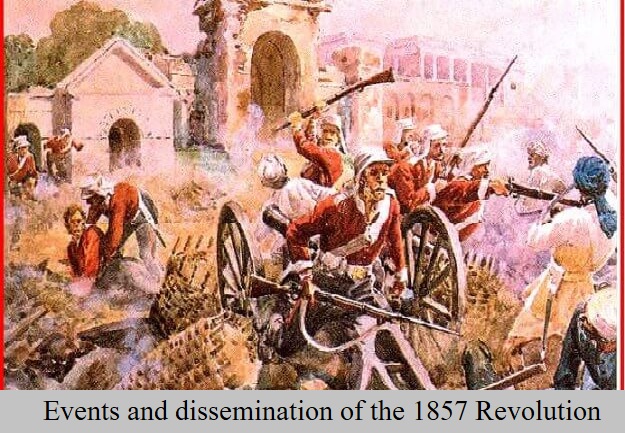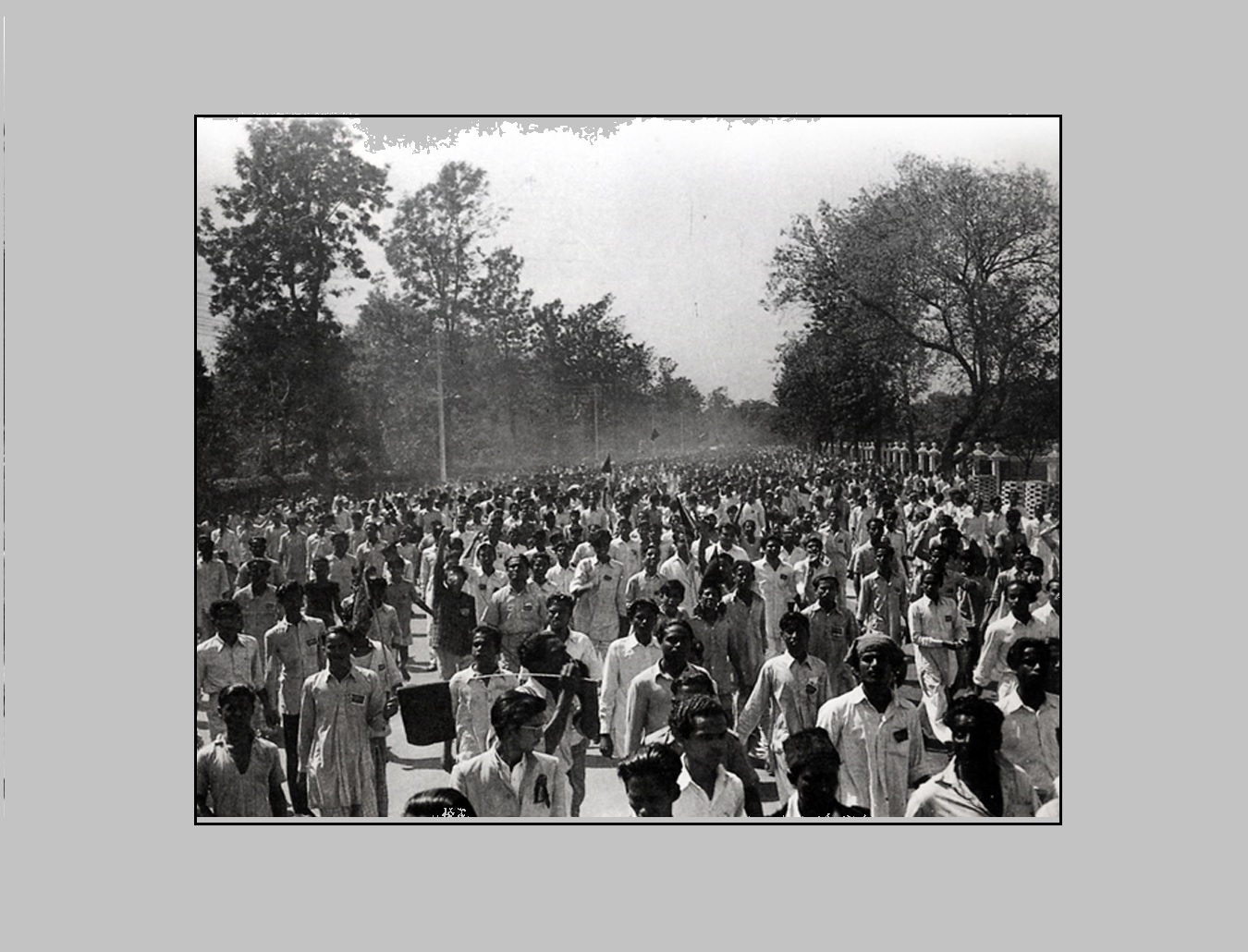Achievements and victories of Pulakeshin II
We get a description of the achievements of Pulakeshin II from the Aihole article. The Aihole article is intended as a commendation. Pulakeshin first defeated the ambassador to the north of Bhimrathi river and annexed his ally Govind. Both of these were local rulers of southern Maharashtra, who took advantage of the then situation to try their power. By defeating these two, Pulakeshin II strengthened his position in the capital. He then started his conquests.
Following are the victories of Pulakeshin II
Conquest of Kadamba kingdom
Pulakeshin first clashed with the Kadambas. The kingdom of the Kadambas became the possession of the Chalukyas at the time of Kirtivarma. It seems that the civil war between Manglesh and Pulakeshin spread political chaos in the Chalukya state. Taking advantage of this, the Kadambas freed themselves from the subjugation of the Chalukyas. Thus Pulakeshin attacked Kadambas and his army surrounded the city of Banavasi. The Aihole article suggests that Banavasi was demolished.
The article presents a poetic account of the incident, stating that Banavasi’s splendor was similar to Indrapuri’s and the splendor of the swans humming on the high waves of the Varada river. When Pulakeshin’s army was surrounded by the sea, the landlord of Banavasi started to appear like an island in the sea.
In this way, this pride was completely successful and Kadamb State became the authority of Pulakeshin. This is also proved by the fact that around this time, the rulers of the Kadamb dynasty disappear from history. The independence of the Kadamba state came to an end and it was merged into the Chalukya kingdom. Pulakeshin divided the kingdom of Kadamba into his feudal lords and celiacs.
Conquest of Alup and Ganga kingdom
After winning the Kadambas, Pulakeshin campaigned against the Alupas and the Ganges. According to the Aihole article, he made Alups and Gangas drink their nectar for their immediate service. Alupa ruled in the South Kannada district. The Ganges refers to the western Ganges of Talakad, whose kingdom is known as Gangwadi. The Alups was a feudatory of the Kadambas and after the defeat of the Kadambas, he accepted the subjugation of Pulakeshin. The defeated ruler was Kundavarmaras. After this, Pulakeshin forced Gangnaresh Durveenit to accept his subjection. He married his daughter with Pulakeshin.
Conquest of Konkan region
Pulakeshin attacked the Konkan region after conquering Alup and Gangas. The Mauryas ruled here, they were easily defeated. Pulakeshin then attacked his capital Puri (Dharapuri), called Lakshmi of the western sea, with hundreds of boats. It has been said in the article that these boats were seen like mad elephants. Puri is identified from Dharapuri located on Elephanta Island near Bombay. It was the famous sea port of that time. Pulakeshin had taken his right there.
The conquest of Lat, Malwa and Gurjar Pradesh
At the time when Pulakeshin II was expanding his power in the south india, at the same time, Harshavardhana was busy conquering many kings in his subjugation in northern India. As a result of Harsha’s victories, the western boundary of his kingdom reached the Narmada River. In such a situation, the conflict between the two kings became inevitable. As a result, there was a war between Harsha and Pulakeshin on the banks of river Narmada, in which Harsha was defeated.
There are two proofs about this war-
- Pulakeshin II records from Aihole
- Hieun Tsang Tour Details According to which Harsha waged many wars for six consecutive years after his ascension. He defeated many powers. But the ruler of Maharashtra was brave and self-respecting. He did not obey Harsh. The king whom the Chinese traveler has mentioned here clearly refers to Pulakeshin itself. The biography shows that King Sheeladitya, proud of his generals’ success and proud of his skills, went to fight the king with confidence, taking over the leadership of the army himself. He failed to defeat or subdue it, though he collected the army and the best generals from all countries from Panchbharata. This was a very important achievement of Pulakeshin II.
It is noteworthy here that some scholars do not accept the defeat of Harsha by Pulakeshin II. According to them, the description of Jain poet Ravikirti, author of the Aihole article, is unified. The only conclusion can be drawn from Hieun Tsang’s statement, that Harsha could not subdue Pulakeshin and he stopped its spread towards the south. Sudhakar Chattopadhyay is of the view that this was not the only or final war between these two great kings of erstwhile India. Their struggle continued even later and Harsha’s invasion of Kongod in 643 AD was a barricade against Pulakeshin. After winning this, Harsh repaid his old defeat and took possession of some of the states of Pulakeshin.
There are many differences regarding the date of the war between Harsha and Pulakeshin II. We can place the date of this war between 630 AD to 634 AD.
Rights on Tri Maharashtra
According to the Aihole article, Pulakeshin II had captured the tri-Maharashtra. Which contained 99,000 villages. According to this article, Pulakeshin, like Indra, who was highly blessed, full of virtues, blessed with lord power and zeal, obtained from the religious path, obtained the suzerainty of three Maharashtra with ninety-nine thousand villages. According to the government, three Maharashtra refers to the states of Maharashtra, Konkan, and Karnataka. According to Neelkanth Shastri, these villages were spread in the terrain between the rivers Narmada and Tapti.
Conquest of eastern Deccan
After taking over the three Maharashtrians, Pulakeshin II made his younger brother Vishnuvardhana the crown prince and by handing over his capital on him, he went on to conquer the eastern Deccan. Koshal and Kalinga first accepted his subjugation. Not much is known about the kings of south Kosala and Kalinga. At the time of Pulakeshin’s invasion, the kingdom of Dakshin Kosala was under the Pandya dynasty. The government has named the king of this place as Balarjuna Shivgupta. At this time in Kalinga, a branch of the Ganga dynasty ruled. After that, the Vijayini army of Pulakeshin attacked Pishtpur in Andhra Pradesh. This place was located in the Vengi region. There was rule of the Vishnukundin dynasty. After a big battle on the banks of the Kunal (Koller) lake, he destroyed the power of the Vishnukundins. This war was so terrible, that the article Aihole states that the water of the lake was reddened by the blood of the soldiers killed in the war. After this victory, Pulakeshin II clashed with the Pallavas of Kanchi.
The First phase of Pallava-Chalukya struggle
Pulakeshin’s first conflict with the Pallavas took place in 630 AD. After this victory, Pulakeshin returned to his capital. After coming to the capital, Pulakeshin sent his brother Vishnuvardhan to rule as Viceroy of Andhra Pradesh. He established the branch of the Eastern Chalukya dynasty, which ruled the country of Andhra Pradesh till 1070 AD…More Info




